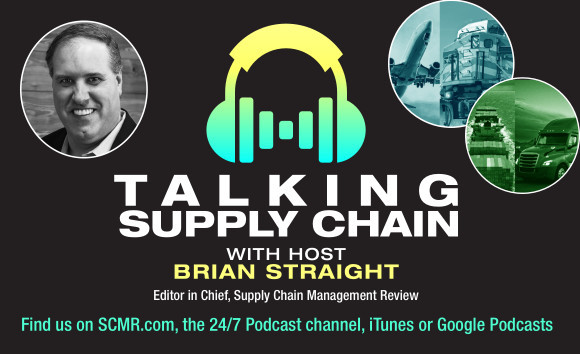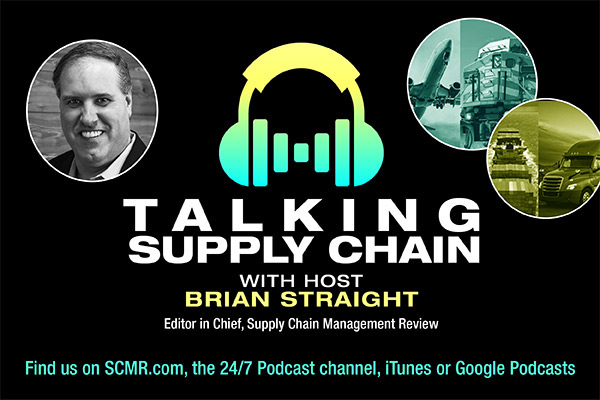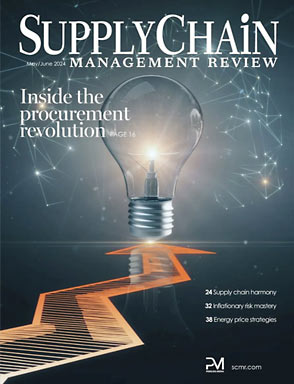Relief supply chains are a bit more complex than traditional supply chains. Supply chain professionals are used to planning, planning routes, planning efficiencies, etc. But in a disaster situation, time can be of the essence, and the chaotic nature of trying to pull together a massive relief effort means existing relationships may be more important than ever. Whether it is a shipper looking to move relief suppliers such as water or food, or a trucking company with trucks and trailers to loan out, what steps can these companies take prior to disaster striking so they are in a position to help when needed?
Iana Shaheen is an assistant professor of supply chain management at the Walton College of Business at the University of Arkansas. She has done extensive research on humanitarian supply chains and joins Talking Supply Chain host Brian Straight to discuss what businesses need to know, and how they can be in a position to help.
Listen: Talking Supply Chain: Humanitarian supply chains provide a lifeline for many
SC
MR


More 3PL
- Early bird pricing expires soon for NextGen Supply Chain Conference registration
- Delivery costs continue to drive shopper preferences
- Before Warehouse Orchestration, Get Your Data in Order
- Squint named NextGen Supply Chain Conference Start-Up Award winner
- Keynotes from Procter & Gamble, Johnson & Johnson & Whirlpool execs highlight NextGen conference agenda
- Körber Supply Chain Software to acquire MercuryGate
- More 3PL
Latest Resources

 Explore
Explore
Topics
Business Management News
- Early bird pricing expires soon for NextGen Supply Chain Conference registration
- A $125M Portland project seeks to revitalize a historic community, U.S. manufacturing
- Innovations in last-mile delivery and their strategic impact
- Embrace resistance for greater success with change management
- Canada Industrial Relations Board orders binding arbitration, halting potential rail strike
- Delivery costs continue to drive shopper preferences
- More Business Management
Latest Business Management Resources

Subscribe

Supply Chain Management Review delivers the best industry content.

Editors’ Picks




